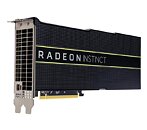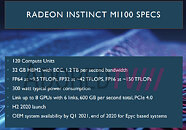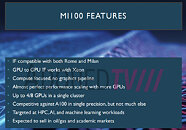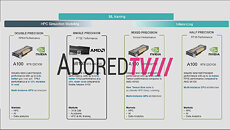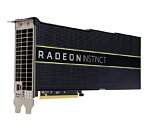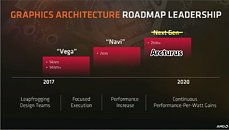Kinara and Arcturus Partnership to Provide AI Solutions for Smart City and Industry 4.0
Kinara, Inc., developer of unrivaled Edge AI solutions that accelerate and optimize real-time decision making, today announced that it has partnered with Arcturus Networks Inc., provider of edge AI analytics and enablement for smart city applications, to help customers deliver high-performance, cost-optimized AI solutions.
The partnership combines the Kinara Ara-1 Edge AI processor with Arcturus Brinq edge AI and vision analytics software to drive leading-edge detection, tracking and characterization solutions. The partnership delivers the critical software and hardware platforms required by OEMs to build sophisticated real-time edge applications for public safety, transportation, healthcare, retail, and industrial markets. For example, Kinara and Arcturus can deliver a real-time solution for road condition monitoring, allowing public transportation buses retrofitted with smart cameras to detect road obstructions such as potholes and report them directly to city operations.
The partnership combines the Kinara Ara-1 Edge AI processor with Arcturus Brinq edge AI and vision analytics software to drive leading-edge detection, tracking and characterization solutions. The partnership delivers the critical software and hardware platforms required by OEMs to build sophisticated real-time edge applications for public safety, transportation, healthcare, retail, and industrial markets. For example, Kinara and Arcturus can deliver a real-time solution for road condition monitoring, allowing public transportation buses retrofitted with smart cameras to detect road obstructions such as potholes and report them directly to city operations.


